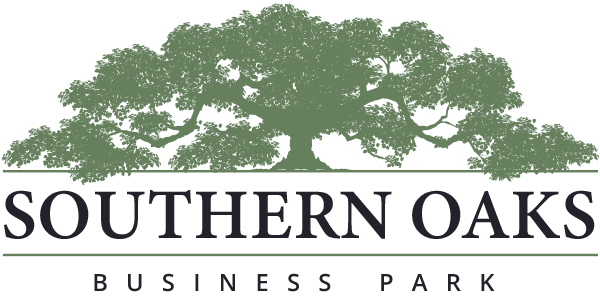ORLANDO, Fla. (AP) — When it came to population growth last year, cities in central Florida grew by stadiums.
Metro Orlando grew by 60,000 residents last year, almost as large as the number of people who can fit into the city’s Camping World Stadium, where college football bowl teams face off each winter.
The Tampa area grew last year by 51,000 residents, more than the number of fans who can fit into Tropicana Field, where the city’s Tampa Bay Rays play baseball.
Growth from mid-2017 to mid-2018 propelled these two metropolises into the top tier of the nation’s fastest growing metro areas, according to figures released Thursday by the U.S. Census Bureau.
Only Texas grew by more people than Florida last year, and the addition of tens of thousands of new residents to central Florida cities will increase the importance next election of the Interstate 4 corridor, already the swingiest part of the nation’s biggest swing state. That explosive growth also helps Florida’s chances of getting additional congressional seats — and presidential electors — after the 2020 census.
Orlando had the nation’s fifth largest increase for metro areas in pure numbers, surpassed by only Dallas, Phoenix, Houston and Atlanta. Tampa came in at No. 9.
In Tampa, the growth was completely driven by new arrivals. Without that inbound migration, Tampa would have lost population — deaths outnumbered births by almost 900 people. About two-thirds of the new arrivals came from U.S. states.
In Orlando, that migration dynamic was flipped, with about two-thirds of the new arrivals coming from outside the 50 U.S. states. After Hurricane Maria devastated Puerto Rico in September 2017, tens of thousands of Puerto Ricans moved to the Orlando area, but Thursday’s Census release didn’t detail how many of Orlando’s new arrivals came from the island.
About a sixth of metro Orlando’s population growth last year came from the natural increase of more births than death, and the rest was fueled by migration.
The intense growth wasn’t limited to large cities and included smaller metros along Interstate 4, the east-west highway that slices through the center of Florida, the nation’s third most populous state with 21.3 million residents.
The Lakeland-Winter Haven area, midway between Tampa and Orlando on Interstate 4, had the nation’s fourth-largest growth rate at 3.2%, surpassed by only Midland, Texas; Myrtle Beach, South Carolina; and St. George, Utah.
Continue reading https://apnews.com/25fe6d1f5afd4024a8f3c1239bab63d0






